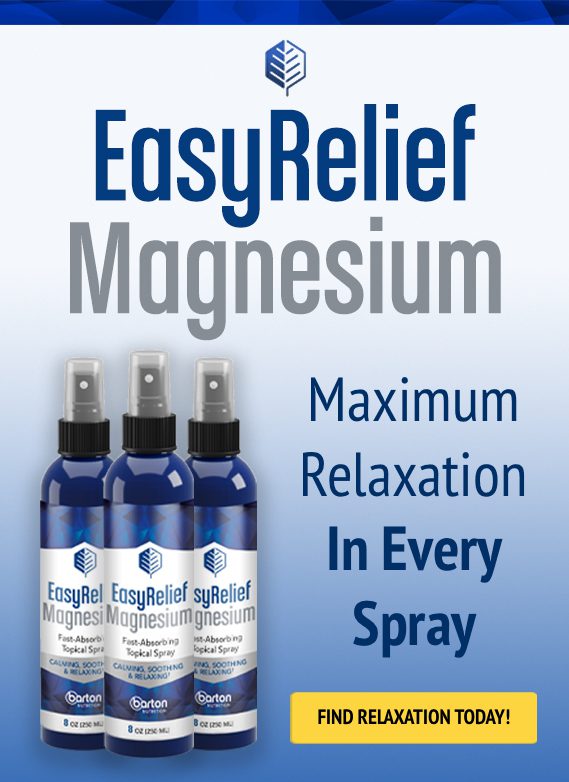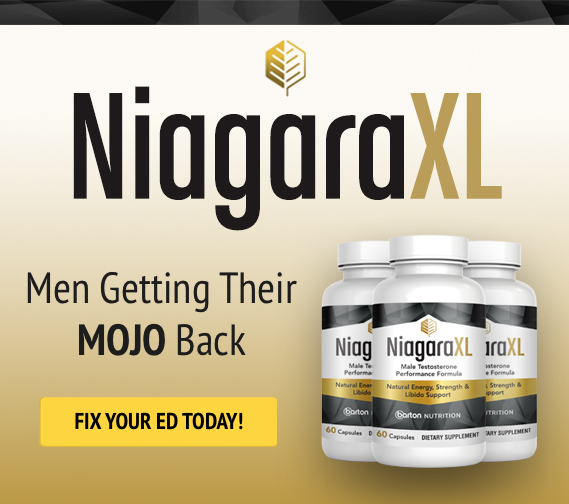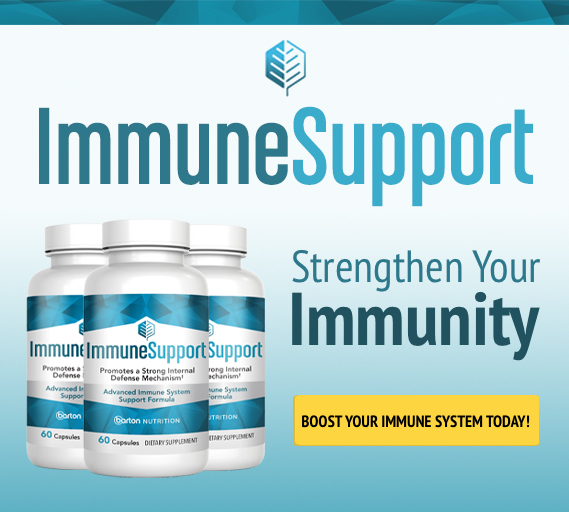The Art of Using Essential Oils
Have you ever had the experience of smelling something that causes you to relive an old experience? You actually feel the old feeling as if you were living it again — not just a memory. Maybe your heart races, or you feel hot all over.
When I was in college, I took a date to a Chinese restaurant. I ordered my favorite Chinese chicken salad, and subsequently spent most of the night kneeling in front of the toilet. For years, every time I smelled sesame oil my stomach would turn and I couldn’t eat. Interestingly, I could tolerate all the other ingredients: chicken, lettuce, green onions, and so forth. It was just the distinctive smell of sesame oil that caused nausea.
Our sense of smell can have powerful effects on the body through our feelings and memory. The link occurs because you process smell in the hippocampus and amygdala, parts of the limbic system, or the “emotional brain” — the same area where memories are processed. This is the same part of the autonomic nervous system that controls blood pressure, heart, hormones, breathing, stomach, organs and so forth. Because of this, essential oils have the potential to have far-reaching effects on the body.
Essential Oil Basics
Essential oils have been called “the life blood of a plant.” Oils are called “essential oils” when they are pure extracts of the plant. They are named “essential” because they bear the very essence of the flower, petals, peels, berries, leaves, bark, wood or roots from which they are derived. All substances can be broken down into an array of molecules and atoms, and essential oils are no different. Each essential oil can be broken down into a collection of different natural chemical constituents. These oils consist of a multitude of different substances:
- Aldehydes
- Fats (lipids)
- Terpenes
- Ketones
- Alcohols
- Phenols
- Esters
Essential oils are used by plants in somewhat the same way they are by humans. Essential oils:
- Fight infection
- Contain hormone-like compounds
- Initiate cellular regeneration
- Work as chemical defense against fungal, viral, and animal foes
Each plant’s oils have a unique makeup as a result of the plant’s own physiology, natural environment, and its potential microbial invaders. Despite their plant origins, essential oils have a similar structure to some compounds found in blood and tissues. This allows them to be compatible with our own physiology and easily absorbed into the human body. Essential oils pass through cell membranes, then further on into the bloodstream due to their “lipophilic” nature (a structure in alignment with the lipid components of our cell walls).
When using essential oils to treat illness, it’s important to take the individual person into account. One may negatively respond to an oil that will help another. Thus, there is an art to their use. The way we heal from illness is correlated to our internal function, much more than to the chemistry.
For example, of a hundred people exposed to the flu virus, only about 30% actually get an illness. If your balanced immune system is functioning, you may not get sick in the first place. If you do, you will be able to overcome and fight the infection. Antibiotics are really for people with a suppressed or non-functional immune system. Essential oils can be an adjunct to helping your body function properly to prevent and treat illness.
Essential oils can protect us from microbes in many different ways. From keeping the space around us naturally microbe-free, to readying our immune system for defense, to actually destroying the microbes once they’ve entered our bodies.
The two primary effects happen through olfactory reactions, or sense of smell, and the chemical reactions from applying oils to the skin.
Besides the effects caused from the odor, as the oils are absorbed, each substance further affects the body through action on hormones, receptors, the immune system, and energy production. These are generally absorbed readily through the skin, but some are volatile, meaning they evaporate, so they are taken orally.
This also allows more regional application since the lymph system is more local. This is why topical essential oil application is done for more localized effects.
When oils are ingested through the intestines they go straight to the liver, which can affect detoxification mechanisms as well as energy production. From there, they have access to cells and blood, and then to the rest of the body.
Safety of Essential Oils
While quality oils are non-toxic and safe, they are highly concentrated. Because they can have powerful effects on the body, you only need very small amounts. This is not one of those, “If some is good, then more is better,” treatments. When ingesting them internally it is often better to put them into capsules.
Someone told a friend of ours to use a couple of drops of pure oil of oregano for her 4-year-old son’s sore throat. He had been in bed for 2 days and was quite ill. She didn’t know how to administer pure oil of oregano. So she told her son to open his mouth and she shook a few drops of pure oil out of the bottle onto his tongue. The child immediately turned red and went screaming down the hall, running around the house throwing up, gagging and crying.
The mom didn’t understand what all of the fuss was about. After all, it was just an oil from a spice she used frequently in her cooking, so she put a drop or two on her own tongue. She said her tongue instantly felt like it was on fire. She turned red, her eyes watered up and ran through the house screaming and gagging, and finally to the kitchen for a glass of water! She apologized to her son profusely! However, 15 minutes later her son was well, laughing and playing. He was fully and permanently recovered from his illness!
How Essential Oils are Used
Using essential oils is an art that takes some time to master. Oils are not like drugs, which primarily enhance or retard the body’s natural functions. Where there is dysfunction and the body is not able to compensate, the oils will not change it.
For example, a person with diabetes may be told that lavender and cinnamon oils help to regulate sugar. But if there is no change in diet and exercise oils will make little difference. Oils are best used as part of a program, especially in the case of chronic illness.
That said, it is important to understand how our medical system uses drugs:
- To block or stimulate receptors in the body
- To kill bacteria or viruses
- To effect chemical reactions
Let’s look at some common ailments, and some simple regimens that can be useful for specific problems. These examples will provide some of the spectrum of the uses of essential oils.
Toenail fungus
Oil of oregano, tea tree oil (melaleuca), or eucalyptus oil applied directly to the nail daily stops the fungus from growing.[1] As the nail grows out, cut the infected area off. It’s also important to keep the nails as dry as possible by wearing sandals or open-toed shoes.
Anxiety
To relieve symptoms of anxiety and promote calm, mix one or more of lavender, wild orange, and vanilla essentials oils with a little coconut oil and rub onto the face.
Depression
To lift moods, use lavender, tangerine, and/or lemon balm oils. Click to Tweet.
These can be put in a diffuser, or directly on the palms and rubbed onto the face.
Upper respiratory infections (colds/flu)
Apply a few drops of oregano oil to the palm, rub on both hands and apply to cheeks over the sinuses.
Indigestion or Nausea
Apply a couple of drops of peppermint oil to the abdomen to soothe nausea. This oil can work very quickly just by opening the bottle and smelling the oil. Many pregnant women use it this way. Peppermint oil has been shown to be effective in treating irritable bowel syndrome (IBS).[2]
Headaches (including migraines)
Apply lavender oil to the palms and rub on back of neck to relieve headaches and migraines.[3]
Cold sores
Menthol extracts have been shown to inhibit the HSV-1 virus that causes cold sores.[4]
Jennifer Luccion, a specialist in essential oils and distributor for Young Living oils, states that most oils are safe and effective, even for babies. She keeps a supply of oils to be used for her family instead of using drugs.
Allergies
“There are three oils that can relieve symptoms of seasonal allergies such as congestion, and sinus pressure.
- Lemon helps to drain the sinuses.
- Lavender stops the runny nose.
- Peppermint opens the airways to breathe better.
By using a diffuser, the combination of oils in the air can help everyone in the room.” Ms. Luccion recommends, “You can also combine equal drops of the three in a small amount of coconut oil and rub it on the neck and chest.”
As you may have noticed, lavender is one special oil that you should include in every home first aid kit. Ms. Luccion is big on Lavender oil. “Lavender has been called the ‘Swiss army knife’ of oils because of its many uses,” she states. “It’s also a gentle oil and can safely be used on young children. It is used on cuts and scrapes to ease discomfort and speed healing, and to keep bruising down. Lavender is also soothing to burns, including sunburn, and has the ability to promote tissue regeneration. It also encourages relaxation and eases stress when inhaled. If you’re going to have one oil then this is the one, just make sure it’s pure because it’s also the most adulterated oil on the market.”[5]
In a study on rats, lavender was shown to protect the heart against myocardial infarction, or heart attack.[5]
Since one oil may have many different uses, and a single problem may respond to different oils, there is an art to using them. Sometimes a combination is best, other times either one or the other will work, but not both. There are whole books on the use of essential oils for health, which may include both acute and chronic problems.
Essential oils have been used to treat all sorts of illnesses successfully for thousands of years. Having essential oils in your home can improve your health, and lessen the need for medical treatments. The amazing thing about them is they work so well, but don’t have the side-effects of drugs. They work with the body’s own healing mechanisms which keeps balance in the body. They are safe, and effective, and as you use them, you can learn the art and skill of healing with oils.

























